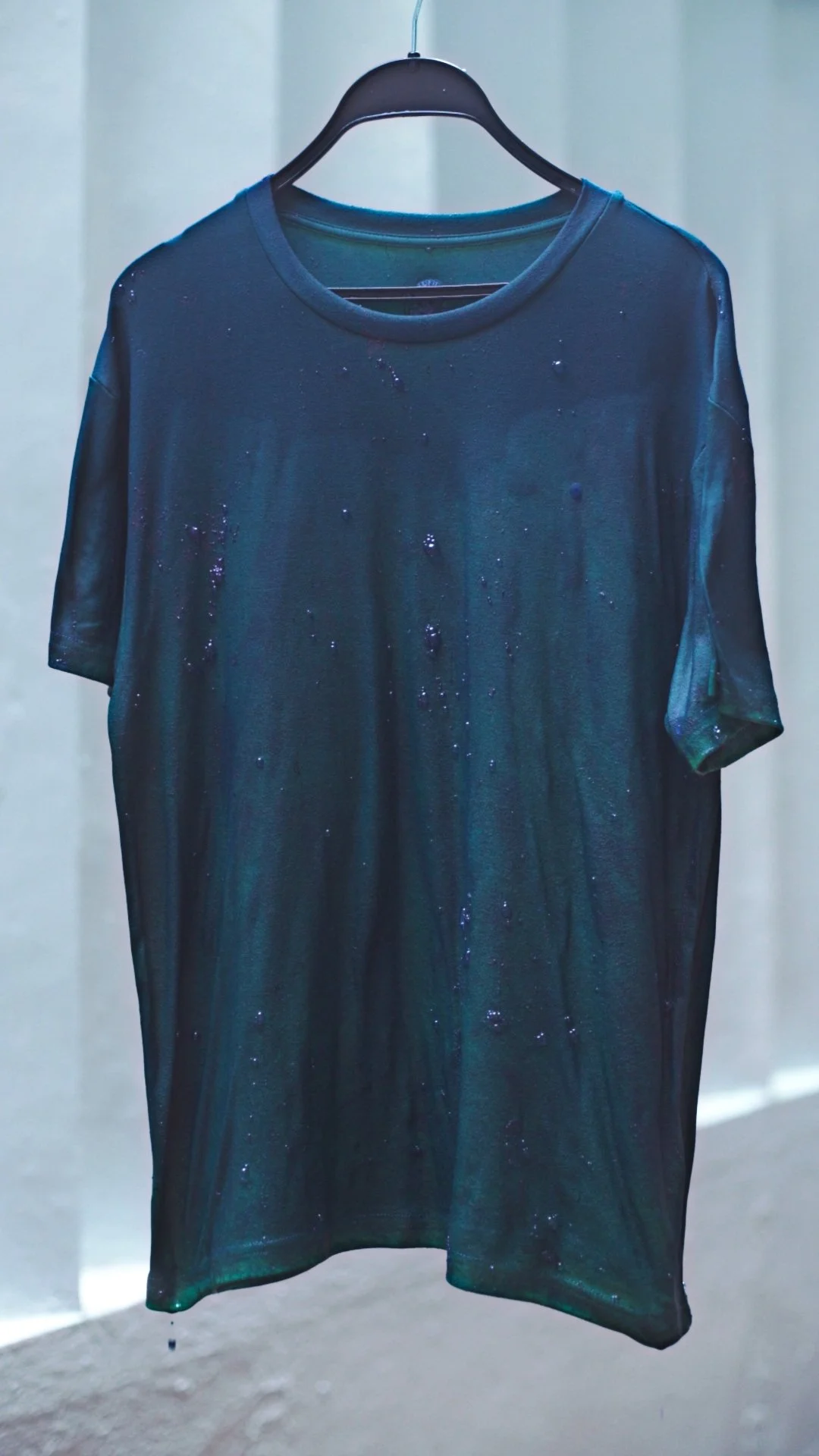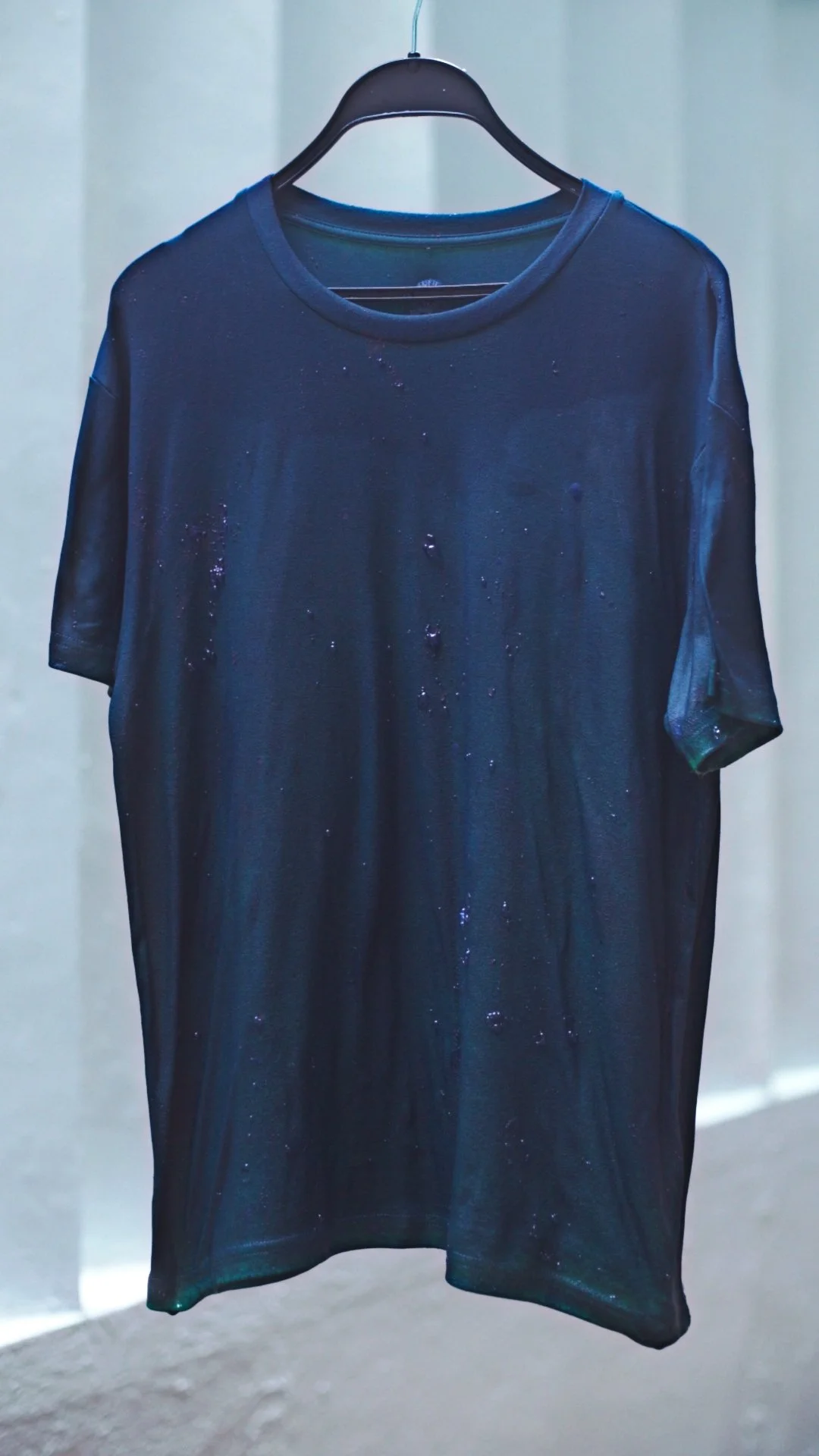Indigo’s Transformation | Natural Oxidation
"To witness the birth of blue is to observe a quiet miracle — one that unfolds not in an instant, but in the patient breath of time."
Indigo is a hue woven into the fabric of daily life, a shade so ubiquitous it risks becoming invisible. Yet beneath its familiar surface lies a metamorphosis as poetic as it is scientific — an alchemy of air, time, and earth.
When the vat is first opened, the dye reveals itself not as blue, but as a muted greenish-yellow, a humble prelude to what is to come. The cloth, submerged, absorbs this unassuming tint, holding the potential for transformation within its fibres. Then, as it meets the air, oxidation begins — an ancient dialogue between element and material. Slowly, almost meditatively, the colour deepens, shifting through stages of twilight before settling into its final, resonant blue.
This is the magic of indigo — not merely a pigment, but a collaboration. The dyer’s hand, the quality of the cotton, the minerals in the water, even the humidity of the air all leave their mark. No two pieces emerge alike; each bears the subtle signature of its making. In an age of instantaneity, indigo demands slowness, reverence for the unseen.
To wear indigo-dyed cloth is to carry a fragment of this ephemeral dance — a reminder that the most enduring colours are those that honour their origins.





